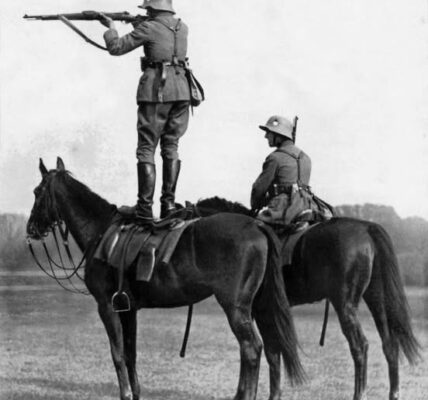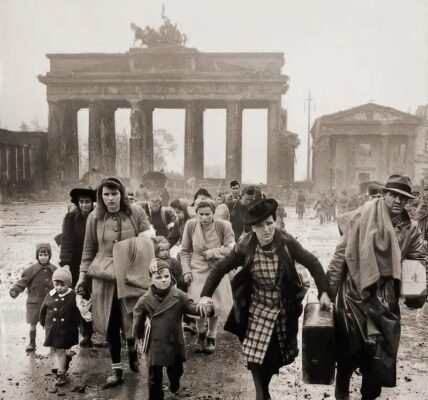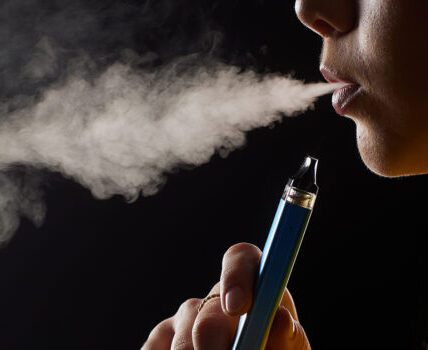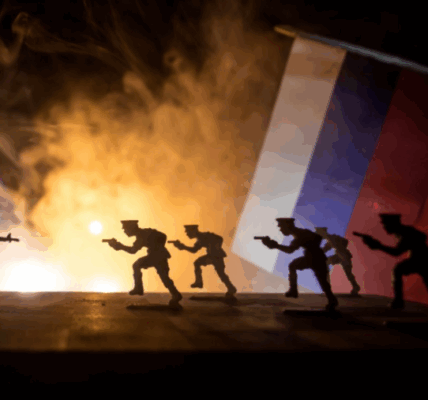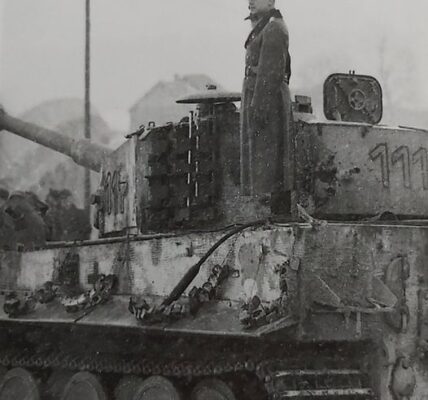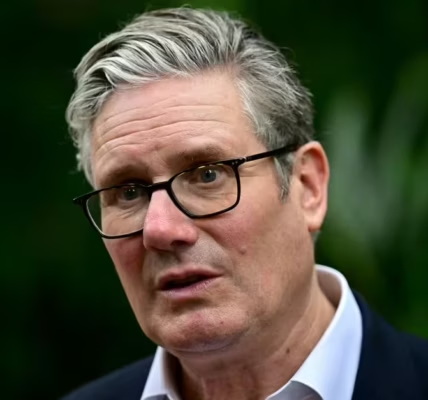Between 1949 and 1961, approximately 2.7 million people left East Germany and East Berlin, increasingly causing difficulties for the SED leadership. About half of this steady stream of refugees were young people under 25. Every day, roughly half a million people crossed the sector borders in Berlin in both directions, allowing them to compare living conditions on both sides. In 1960 alone, around 200,000 people emigrated permanently to the West. East Germany was on the verge of social and economic collapse.
As late as June 15, 1961, East German leader Walter Ulbricht declared that there were no plans to build a wall. On August 12, 1961, the East German Council of Ministers announced: “In order to put a stop to the hostile activities of the revanchist and militaristic forces of West Germany and West Berlin, border controls will be established along the border of the German Democratic Republic, including the border with the western sectors of Greater Berlin, as is customary in any sovereign state.” What the Council failed to mention was that this measure was primarily directed against the East German population, who would no longer be permitted to cross the border. In the early morning hours of August 13, 1961, temporary barriers were erected at the border between the Soviet sector and West Berlin, and the asphalt and cobblestones of the connecting roads were torn up. Police and transport police units, as well as members of the “workers’ militia,” stood guard and turned back traffic at the sector borders. That the SED leadership chose a Sunday during the summer holidays for the lockdown was probably no coincidence.
The barbed wire fence along the border with West Berlin was replaced in the following days and weeks by a wall made of concrete slabs and hollow blocks. It was erected by East Berlin construction workers under the watchful eyes of GDR border guards. The houses on Bernauer Straße, for example, whose sidewalks belonged to the Wedding district (West Berlin) and the southern row of houses to Mitte (East Berlin), were simply integrated into the border fortifications: The GDR government had the entrances and ground-floor windows bricked up. Residents could only access their apartments via the courtyard, which lay in East Berlin. Many people were evicted from their homes as early as 1961 – not only on Bernauer Straße, but also in other border areas.
Overnight, the Wall separated streets, squares, and neighborhoods, cutting off public transportation. On the evening of August 13, Governing Mayor Willy Brandt declared in a speech before the House of Representatives: “The Berlin Senate publicly condemns the unlawful and inhumane measures of those who are dividing Germany, oppressing East Berlin, and threatening West Berlin…”
On October 25, 1961, American and Soviet tanks faced each other at the Friedrichstrasse border crossing (Checkpoint Charlie) because East German border guards had attempted to check representatives of the Western Allies entering the Soviet sector. From the American perspective, the Allies’ right to freedom of movement throughout Berlin had been violated. For 16 hours, the two nuclear powers stood within meters of each other, and the people felt the immediate threat of war. The following day, both sides withdrew. Thanks to a diplomatic initiative by US President Kennedy, Soviet leader Nikita Khrushchev had at least temporarily confirmed the Four-Power status of all of Berlin.
In the following years, the barriers were modified, reinforced, and further expanded, and the border control system was perfected. The wall that ran through the city center and separated East and West Berlin was 43.1 kilometers long. The border fortifications that separated West Berlin from the rest of East Germany were 111.9 kilometers long. Well over 100,000 East German citizens attempted to escape across the inner-German border or the Berlin Wall between 1961 and 1988. More than 600 of them were shot by East German border guards or died in other ways during their escape attempts. At least 140 people died at the Berlin Wall alone between 1961 and 1989.















